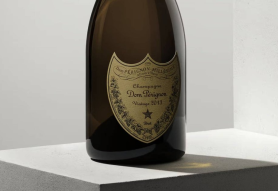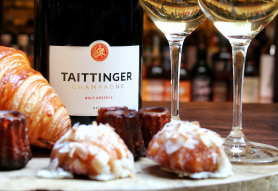Dumbarton
A Silent Giant
When it was constructed in the 1930s, on the banks of the River Leven where it meets the Clyde, Dumbarton was the largest continuous grain distillery in Lowland Scotland. Its grain whisky was mostly reserved for the Ballantine’s blend. Although never officially bottled as a single grain, several independent bottlings were done by Douglas Laing and Hunter Laing.
In addition to producing prodigious amounts of grain spirit for its US owners Hiram Walker, Dumbarton distillery also housed the malt distilleries of Lomond (discontinued in 1985) and Inverleven (discontinued in 1991). Dumbarton itself was mothballed in 2002.
Aside from its association with Ballantine’s, Dumbarton is perhaps best-known for its ‘Scotch Watch’ – a gaggle of around 100 Chinese geese brought in by Hiram Walker in 1959 to guard the distillery’s bonded warehouses. These birds became so iconic that were incorporated into the advertising for the Ballantine’s brand.




























